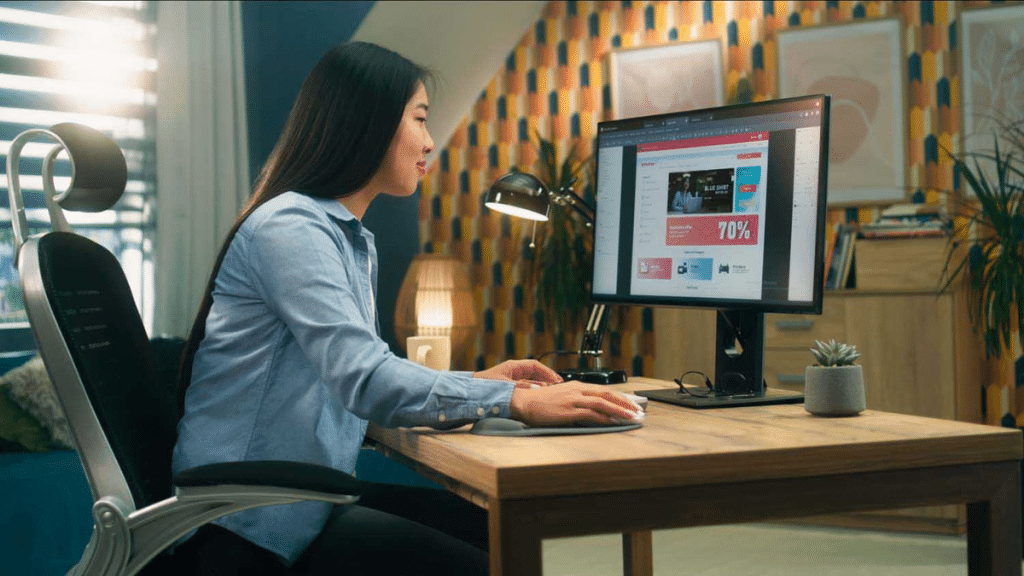In today’s hyper-competitive digital landscape, a strong online presence is no longer optional—it’s imperative. A well-designed website is often the first point of contact between a business and its potential customers. As a result, the demand for high-quality web design has soared globally. Increasingly, businesses are turning to the Philippines to source top-tier web designers, and with good reason.
The Rise of the Philippines as a Digital Talent Hub
The Philippines has long been a preferred destination for business process outsourcing (BPO), thanks to its English proficiency, cultural compatibility with Western countries, and cost-effective services. However, beyond customer service and back-office support, the country has emerged as a powerhouse for creative and technical roles, including web design.
A growing number of highly skilled Filipino designers are trained in global design standards and are fluent in the latest web development frameworks, UX/UI design principles, and tools like Adobe XD, Figma, and WordPress. These professionals offer a unique blend of creativity and technical competence, making them an asset for companies aiming to elevate their digital platforms.
Cost Efficiency Without Compromising Quality
Cost is one of the most compelling reasons businesses consider outsourcing. Hiring a local design team in high-cost regions like North America or Europe can be prohibitively expensive. By contrast, outsourcing web design to the Philippines offers significant savings—often up to 60%—without compromising on quality.
This cost advantage stems not from undervaluing talent, but from the lower cost of living in the Philippines, which translates into competitive salary expectations. Companies can therefore access experienced designers at a fraction of the cost, enabling them to allocate budgets to other growth initiatives such as digital marketing or product development.
Access to a Vast Pool of Creative Talent
The Philippines boasts a young, tech-savvy population with a strong inclination towards creative industries. Each year, thousands of graduates enter the workforce from institutions specialising in information technology and multimedia arts. This influx ensures a continuously replenished talent pool well-versed in global trends and technologies.
Moreover, Filipino designers are known for their adaptability and keen eye for aesthetics, which is essential when creating responsive, user-friendly websites that align with both brand identity and customer expectations.
Time Zone Advantage and Communication
One overlooked advantage of working with Filipino web designers is their flexibility with time zones. While the Philippines is situated in the GMT+8 zone, many professionals are accustomed to working night shifts or overlapping with Western business hours. This adaptability helps ensure real-time collaboration and quicker turnaround times.
In addition, the country’s high English literacy rate makes communication seamless. Misunderstandings are minimised, feedback is implemented more efficiently, and project goals are better aligned.
Reliability and Professionalism
Outsourcing always carries the risk of inconsistent delivery. However, businesses that engage with reputable providers or directly hire experienced Filipino web designers often report high levels of professionalism and accountability.
Many freelancers and agency professionals follow globally recognised project management methodologies such as Agile or Scrum, ensuring that deliverables are met within scope, budget, and timeline. This structured approach is essential in maintaining quality control and fostering long-term collaboration.
Bridging the Skills Gap Through Outsourcing
Many businesses—particularly small to mid-sized firms—struggle to maintain in-house web design teams with the right blend of technical and creative skills. Building a team from the ground up can be both costly and time-intensive, especially when demand for digital talent continues to outpace supply in many regions.
Outsourcing to the Philippines has become a practical way to bridge this gap. It enables companies to access experienced designers who can hit the ground running, without the need to invest in lengthy recruitment or onboarding processes. For businesses considering this route for the first time, referring to a guide to hiring a web designer in the Philippines can help frame the process, offering useful context on sourcing talent, evaluating portfolios, and managing expectations across time zones.
By relying on an established remote workforce, businesses can focus internal resources on strategic growth while ensuring that their digital presence remains professional, engaging, and aligned with evolving customer needs.
Philippines-Based Web Design: A Smart Business Move
As digital presence continues to dictate business success, the demand for high-quality web design is only set to grow. The Philippines offers a compelling combination of talent, affordability, and reliability, making it an increasingly popular destination for businesses looking to outsource web design.
By tapping into this vibrant and capable talent pool, companies can achieve professional-grade websites that not only look great but also deliver measurable results.
